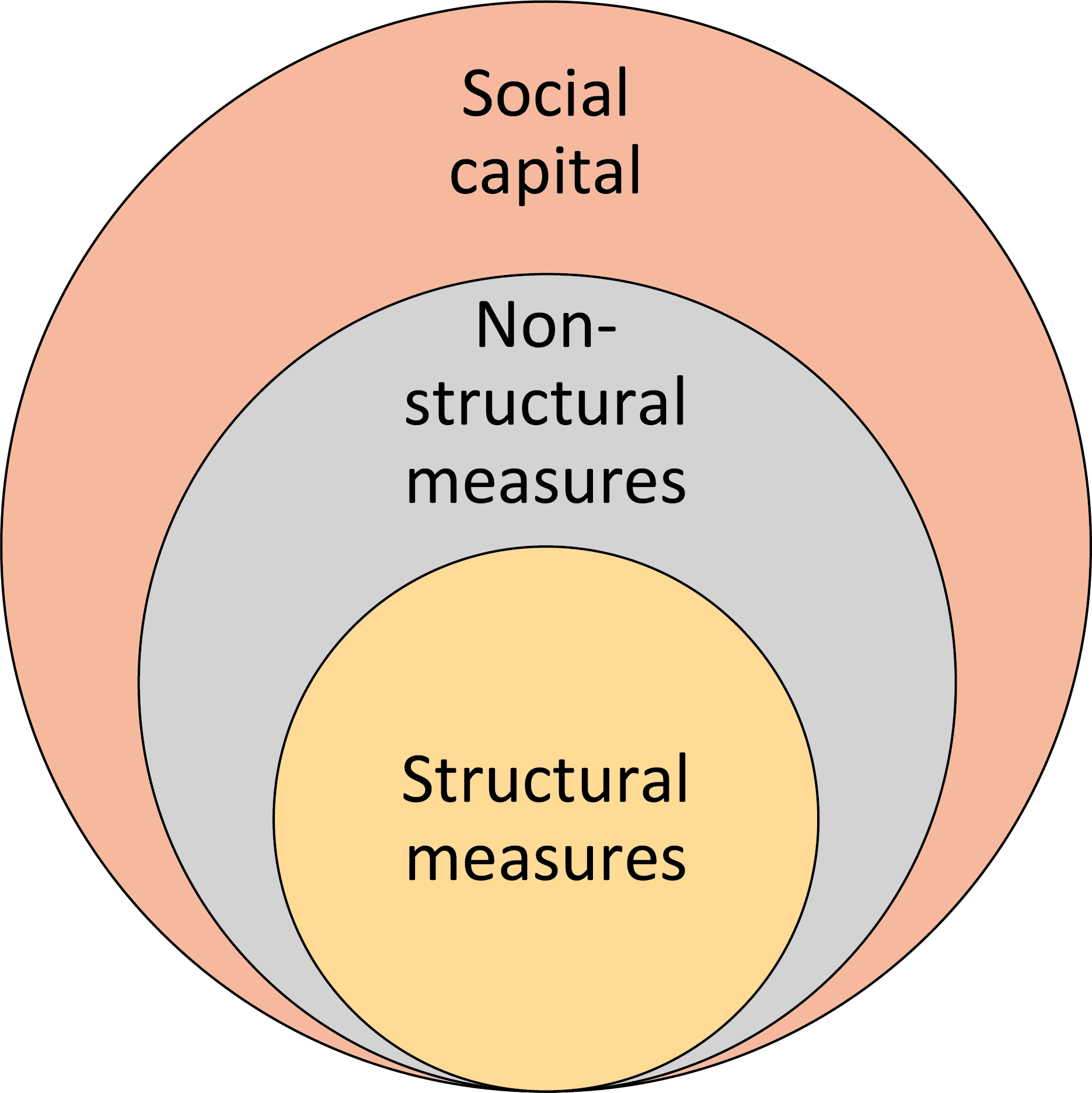
Disaster Management Manual
A manual for practitioners and decision makers!

Disaster Management Manual
A manual for practitioners and decision makers!
Mitigation measures must be taken to protect the lives and economic activities of citizens against serious effects in the event of a disaster. It is important to consider "worst-case scenarios" for "severe" and "frequent" disasters in order to avoid "unforeseen" situations. However, it is not realistic to protect against such external forces only by means of structural measures, both in terms of finances and the social and natural environment. The basic principle of disaster mitigation against "relatively high-frequency events" is the use of structural measures, but we must also consider the use of non-structural measures to mitigate against the events that exceed the frequency 1.
In recent years, it has been recognized that comprehensive disaster prevention and disaster mitigation measures are important to strengthen the disaster prevention capacity of local communities with a balance between self-help, mutual aid, and public assistance, including local residents and enterprises 2. Particularly as regards flood and tsunami countermeasures, activities to promote understanding of disasters, share awareness of vulnerability and improve response to emergencies have been intensified. In roads sector, regional cooperation against tsunami disasters is under development regarding evacuation. The study of coping capacity of local residents for road disaster prevention has just begun.
